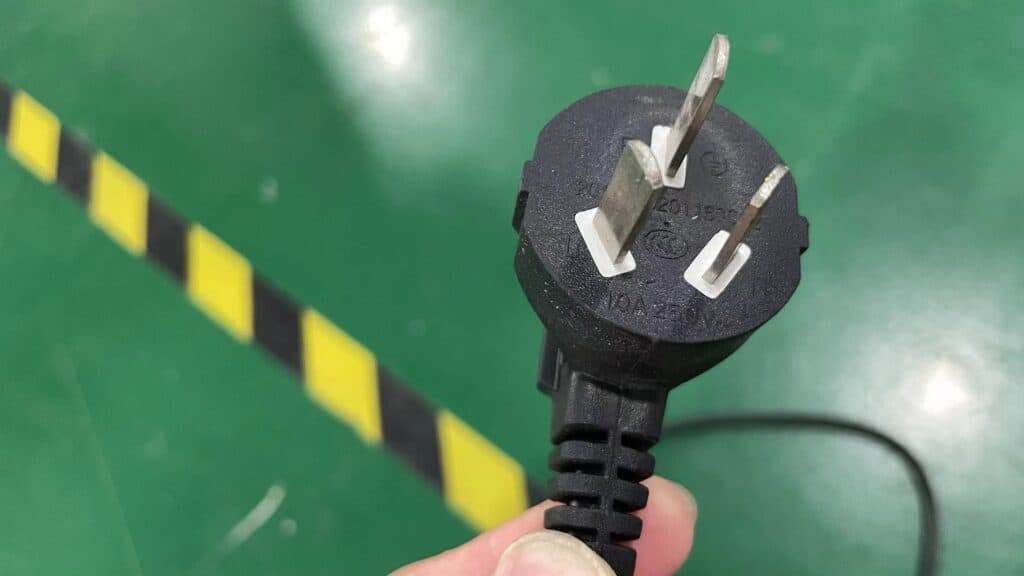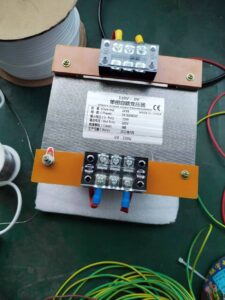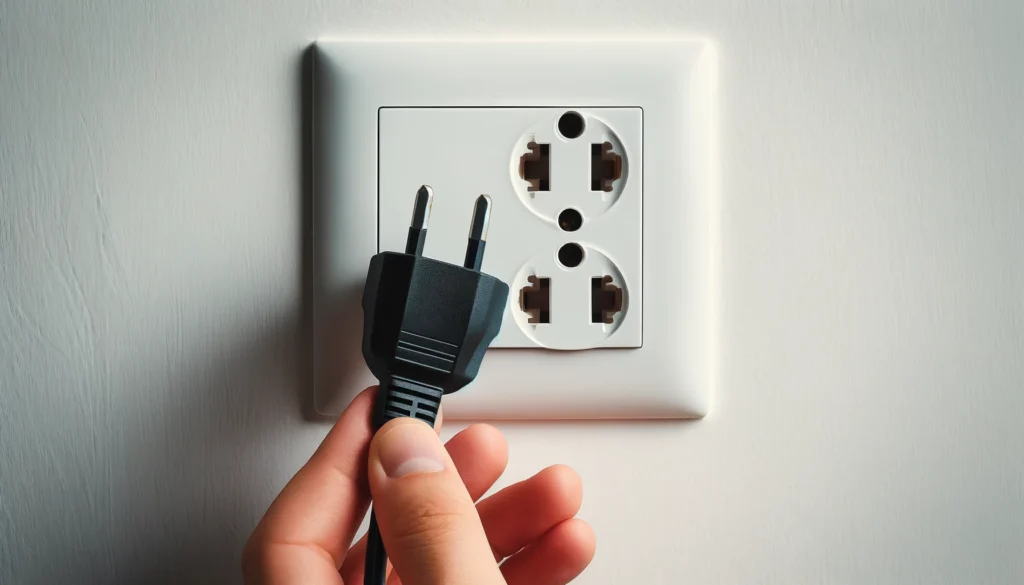Navigating the complexities of industrial machinery can be daunting, especially when it comes to accommodating equipment from one country in another, where electrical standards differ. The power supply voltage of machinery, such as wire labeling machines, often presents a significant challenge. This is due to the fact that different countries have different electrical standards, which can affect the compatibility of imported machinery.
To directly address the question: yes, the power supply voltage of a wire labeling machine can often be changed, but this process may require specific electrical knowledge or the assistance of a professional electrician. A transformer might be necessary to adapt the machine to your local voltage requirements.
This post aims to demystify the process, offering a guide on understanding and adjusting the power supply voltage of wire labeling machines to ensure they operate efficiently and safely in your facility.

Why Is the Voltage Different?
Voltage variations between different countries’ electrical systems are common, leading to potential issues when machinery is imported. For instance, a wire labeling machine produced for the Chinese market, where the standard voltage is 220V 50Hz, may not directly work in a country with a 110V standard.
These discrepancies often arise because manufacturers set their equipment to the standard voltage of the country in which it’s produced. If the customer’s local voltage hasn’t been specified during the production or purchasing process, the equipment might arrive with incompatible voltage settings. Understanding the reasons behind these differences is crucial for addressing them effectively.
Another possible reason for voltage discrepancy could be a miscommunication or lack of information regarding the end user’s local voltage requirements. It’s essential for customers to inform manufacturers of their local voltage settings to ensure the equipment is compatible upon delivery. Failing to do so may result in receiving a machine that cannot operate in the new environment without adjustments.
Can the Customer Change the Voltage of the Equipment by Himself?
Modifying the voltage of a wire labeling machine to match local standards is feasible; however, it requires a certain level of electrical knowledge or the intervention of a qualified electrician. The process typically involves installing a transformer that adjusts the incoming power supply to a voltage that is compatible with the machine. While some might consider undertaking this task on their own, it is generally safer and more reliable to seek professional assistance.
It’s worth noting that tinkering with the machine’s electrical system without proper knowledge can be dangerous and might void any warranty or support agreements with the manufacturer. Therefore, it is always recommended to consult with the equipment provider or a professional electrician before attempting any modifications.

What Should I Do If the Plug Holes Don’t Match?
Occasionally, the issue may not be with the voltage but rather with the physical compatibility of the plug and outlet. If the voltage is correct but the plug type is incompatible, the solution is relatively simple: use an adapter or replace the plug with one that fits the local sockets. This does not require any changes to the voltage and is a straightforward fix.
Adapters are readily available and can be a quick solution; however, for long-term use and stability, replacing the plug to match local standards is often the better option. It’s important to ensure that the new plug is correctly wired and meets safety standards to avoid any risk of electrical fires or damage to the equipment.

What Is the Factory Default Voltage?
For customers purchasing wire labeling machines from manufacturers in China, it’s important to note that the factory default setting is typically 220V 50Hz, aligning with the standard electrical voltage in China. If your local voltage matches this, no adjustments should be necessary. However, if there’s a discrepancy, informing the manufacturer prior to production or shipment can save a lot of hassle.
Manufacturers are usually able to adjust the voltage settings of the machinery before shipping to ensure compatibility with the destination country’s electrical system. This preemptive communication is crucial for avoiding delays and additional costs associated with modifying the machine post-delivery.
Conclusion
Understanding and addressing the power supply voltage requirements of wire labeling machines is key to ensuring their safe and efficient operation. While the voltage can often be adjusted, doing so may require professional assistance. By communicating your needs clearly with manufacturers and seeking expert advice when necessary, you can avoid common pitfalls associated with integrating industrial machinery into your operations.
You may be interested:






